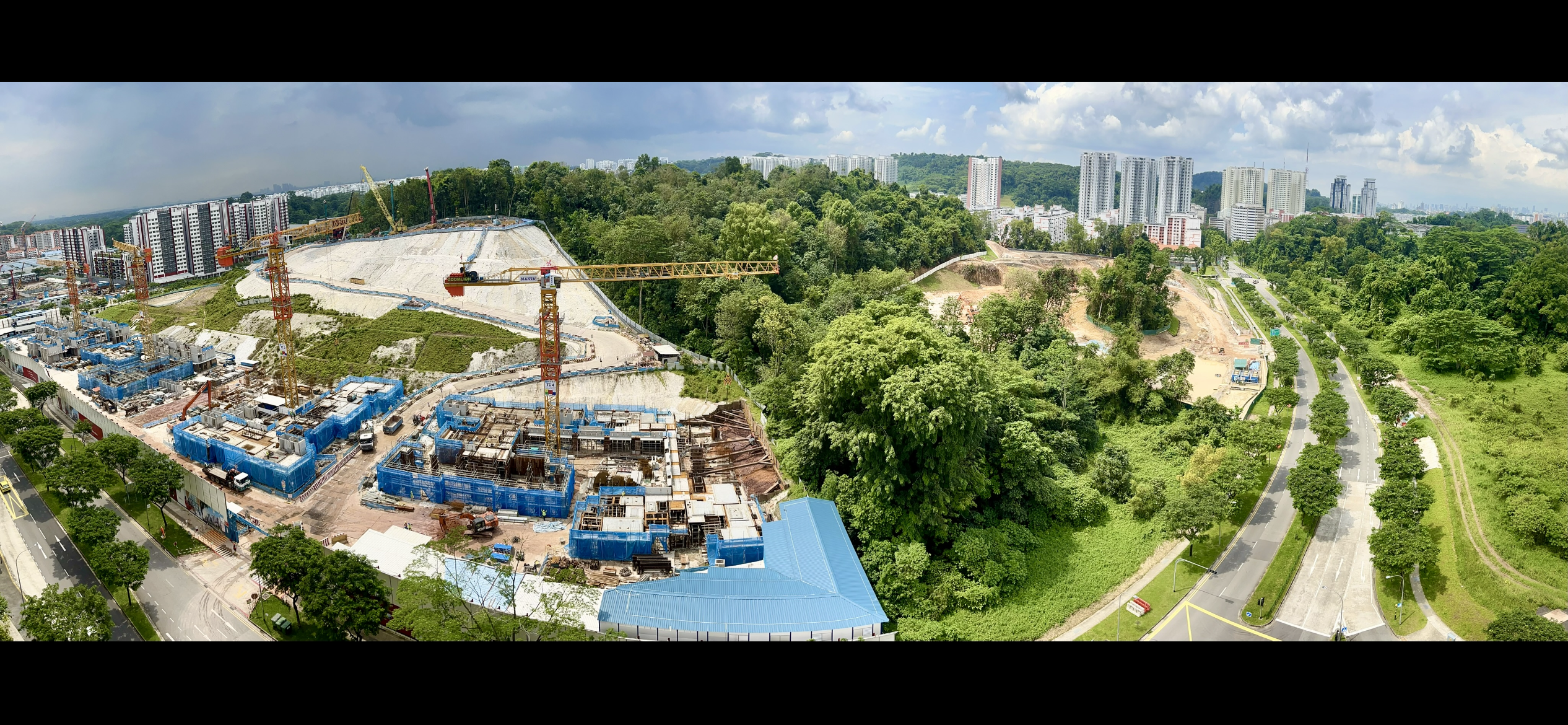May 2016
-
Cemerong waterfall – a miraculous journey
Cemerong Waterfall. These two words appeared innocuous when I first came across the name of the waterfall in a local hiking group website in 2014. I have never been to this waterfall, and I got more than I bargained for after I signed up for the hiking trip in Terengganu, Peninsular Malaysia. It turned out… Continue reading
-
Identity and consciousness
I am, and I am not. If I declare “I am”, then I am also declaring “I am not” at the same time. If I say that I am something, then I am also saying that I am not something else. This is duality as I understand it. But there is also non-duality. I would… Continue reading
-
My answers to a survey on Singapore’s foreign workforce
Q: What are your opinions on issues related to the foreign workforce? I support having more foreign workforce to contribute to the economy and build infrastructure. It gives them opportunities to visit and stay in Singapore for a longer term if they want to. I hope working conditions and basic human rights will be further improved… Continue reading
-
My answers to a survey on Singapore’s fertility issues
Q: What are your opinions on fertility issues? The issues are personal but have local and global impacts. By that, I mean ultimately a couple’s choice of whether to have children needs to be respected and can neither be coerced nor manipulated, although education can serve to help them make an informed decision. Conscious parenting… Continue reading
